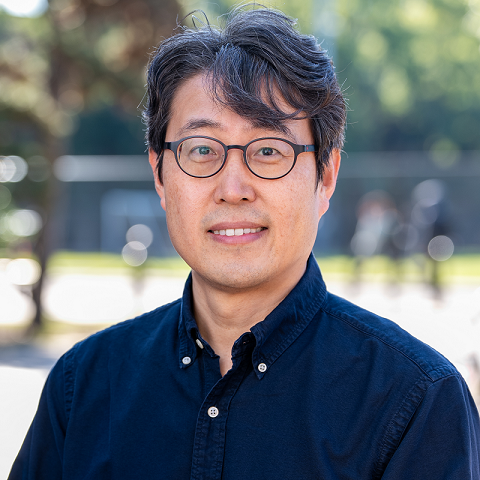Kiyong Kim has been selected as a 2025 Optica Fellow for his pioneering contributions to the generation and understanding of terahertz radiation from strong laser field interactions with matter. He is one of 121 members, from 27 countries, selected for their significant contributions to the advancement of optics and photonics through education, research, engineering, business leadership and s Kiyong Kimervice.
Kiyong Kimervice.
Kim received his B.S. from Korea University and his Ph.D. from the University of Maryland. His graduate research focused on measuring ultrafast dynamics in the interaction of intense laser pulses with gases, atomic clusters, and plasmas. This work earned him the Marshall N. Rosenbluth Outstanding Doctoral Thesis Award from the American Physical Society.
Following his doctoral studies, Kim moved to Los Alamos National Laboratory as a Director’s Postdoctoral Fellow and while there received a Distinguished Performance Award. After accepting a position as an Assistant Professor at the University of Maryland in 2008, he received a DOE Early Career Research Award and an NSF Faculty Early Career Development Award. Kim also received the departmental Richard A. Ferrell Distinguished Faculty Fellowship in 2014.
From 2021 to 2022, Kim held appointments at Gwangju Institute of Science and Technology (GIST) and the Center for Relativistic Laser Science (CoReLS) at the Korean Institute for Basic Science, leading experiments on petawatt laser-driven electron acceleration, nonlinear Compton scattering of petawatt laser pulses and GeV electrons, and high-power terahertz generation.
With colleagues in physics and the Institute for Research in Electronics & Applied Physics (IREAP), he is co-PI on a $1.61M Major Research Instrumentation (MRI) award from the National Science Foundation (NSF) to upgrade high-power laser systems at UMD.